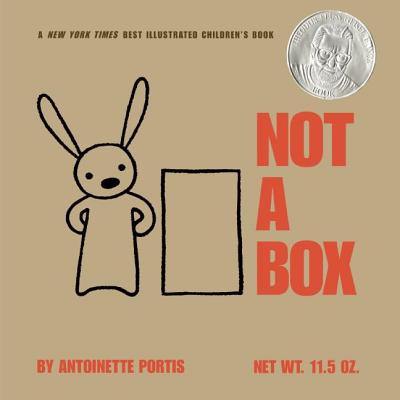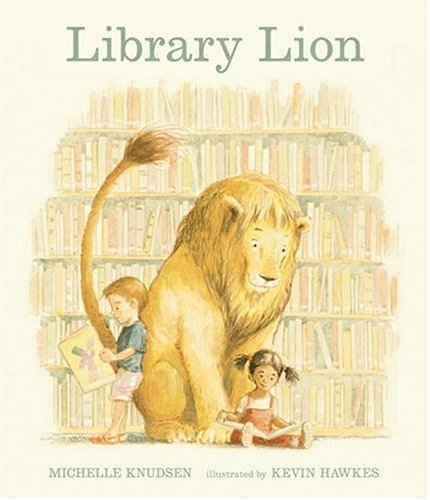 Polar Bear Arctic Hare
Polar Bear Arctic HarePoems of the Frozen North
by Eileen Spinelli
Illustrations by Eugenie Fernandes
Ages 4-8
This is a book of short poems about the Arctic wildlife. The illustrations are simple and complement the poems well.
What impressed me was that it educates about Arctic wildlife in such a way as to leave a lasting impression. And the verses are charming and catchy, easy to repeat, easy to understand. I enjoyed reading them out aloud. There is no discounting the appeal of rhyme when reading to children.
The Arctic Nursery Rhyme early in the book piqued my curiosity right away:
Arctic Tundra, Arctic Tundra,
How does your garden grow?
With lupine seeds and fireweeds
And bearberries all in a row.
And at the back of the book, we have notes about Arctic Lupine, Fireweed and Bearberries. Three things I had not heard of until this book!
Narwhal Sighting easily became Ana's favorite poem in the book, especially with bold large illustration of one poking out from the icy Arctic:
What is that in the Arctic sea?
That creature with a single horn?
Some sailors saw it long ago
And thought it was a unicorn.
And, at the back of the book, in the notes, we find out that only male narwhals have this horn which is actually a tooth! No one knows what it is used for...
In Racing The Peregrine Falcon, we discover that the peregrine falcon is the fastest creature in the world:
Faster than a school bus,
Faster than a hare.
Faster than a race car,
Faster than a bear.
Faster than a cheetah -
The awesome peregrine.
I think I'll save my running shoes
For races I can win!
It wouldn't be fair for me to present all the poems here. Hopefully the sample above speaks for the rest of the book.
We learn about the only white whale, Beluga; the killer whale, Orca (which is actually a large dolphin); the Arctic Tern which happens to be the long-distance champion of the world flying from Arctic to Antarctic and back again following the summer sun...
We learn about the Tundra Wolf, Musk Ox, Ptarmigan... Polar Bear, Caribou, even Snow Fleas and Orange-Golden Bumblebee... and the iceberg!
All in simple verse, accompanied by stark illustrations.
Some poems are short and warm, some set the heart racing with its rhythm and meter (especially, Caribou Coming). Some just flow like a gentle brook while some make us chuckle.
The permanent harsh coldness of the Arctic seems like a tough place to sustain life. And it is. But we learn about the animals and plants that have adapted and evolved to survive there. It seems like a good starting point to learn about geography and biology of the world we live in.
Every time we've read the book so far, I've not been able to get away with skipping the notes section at the back of the book. This is a book I want to add to our home library, and look forward to reading to my toddler in a couple of years.


























